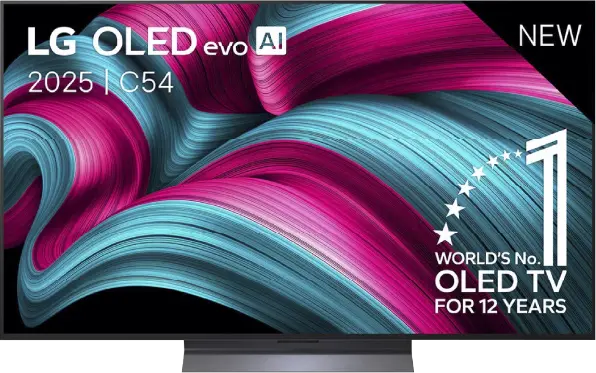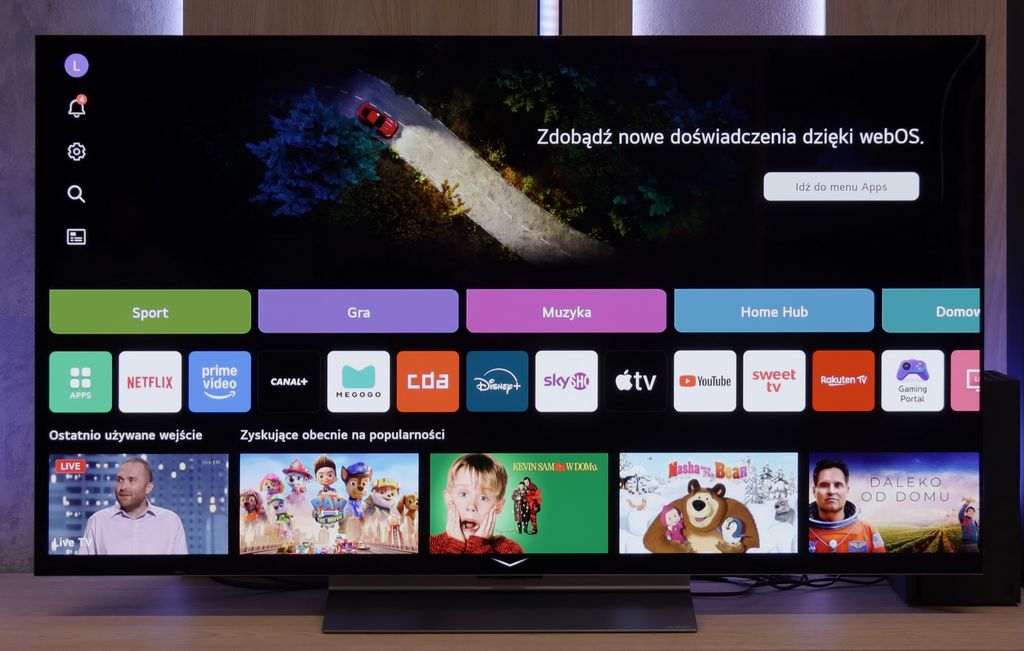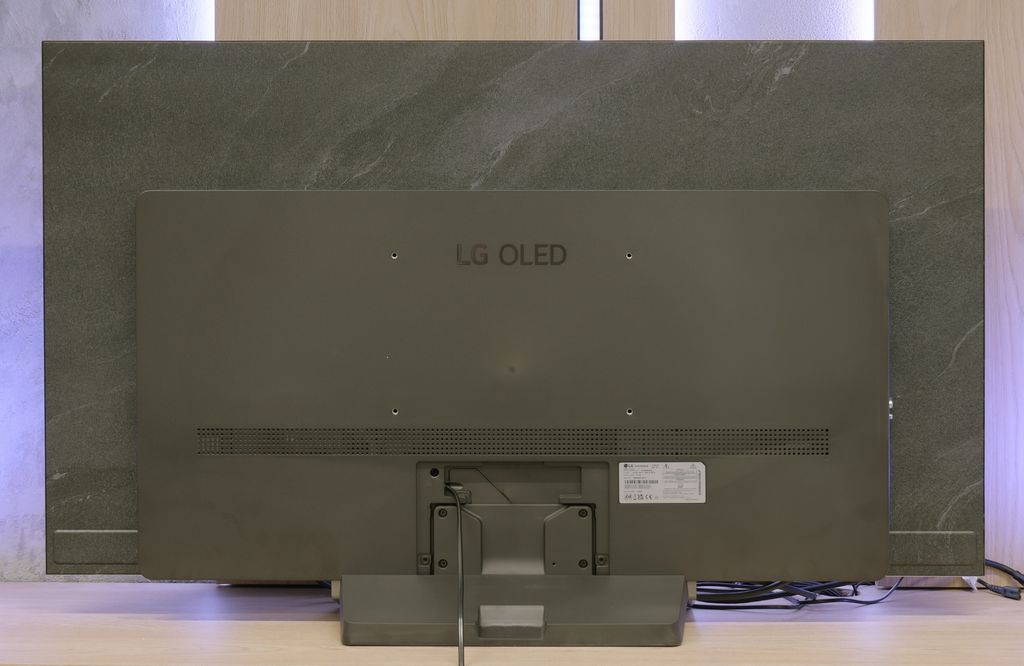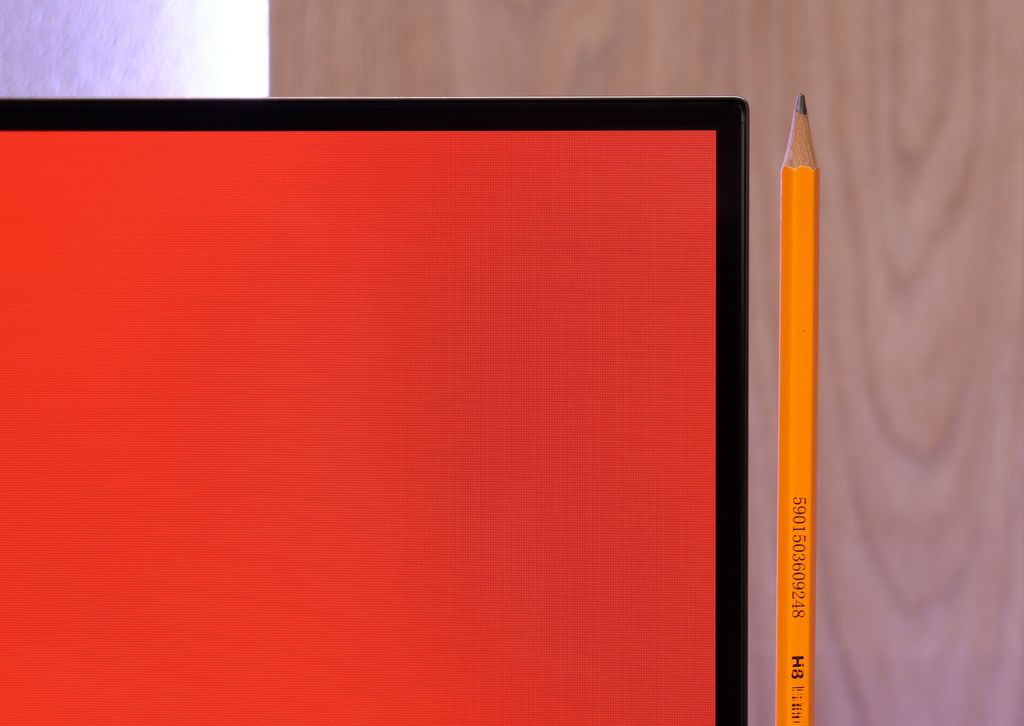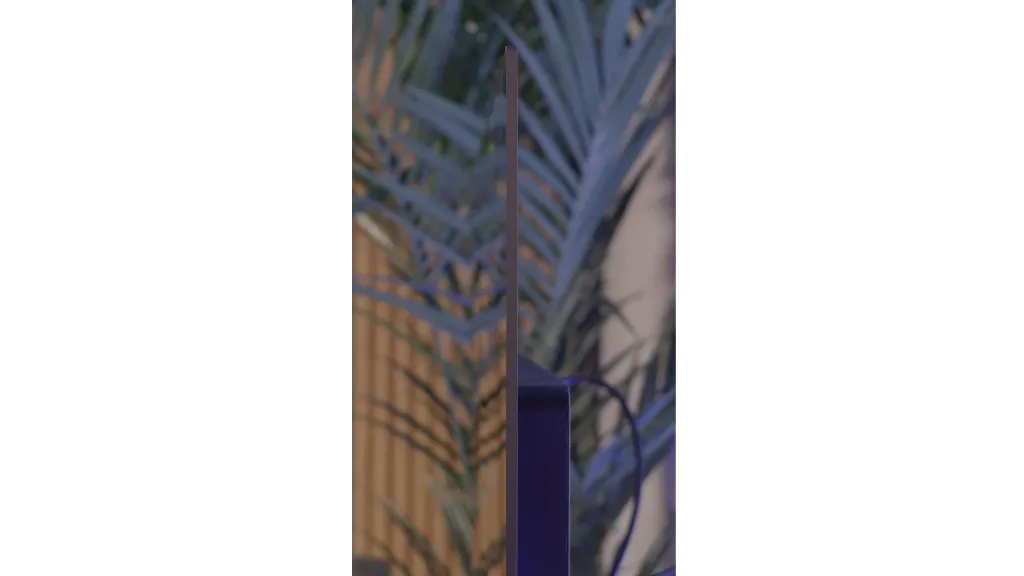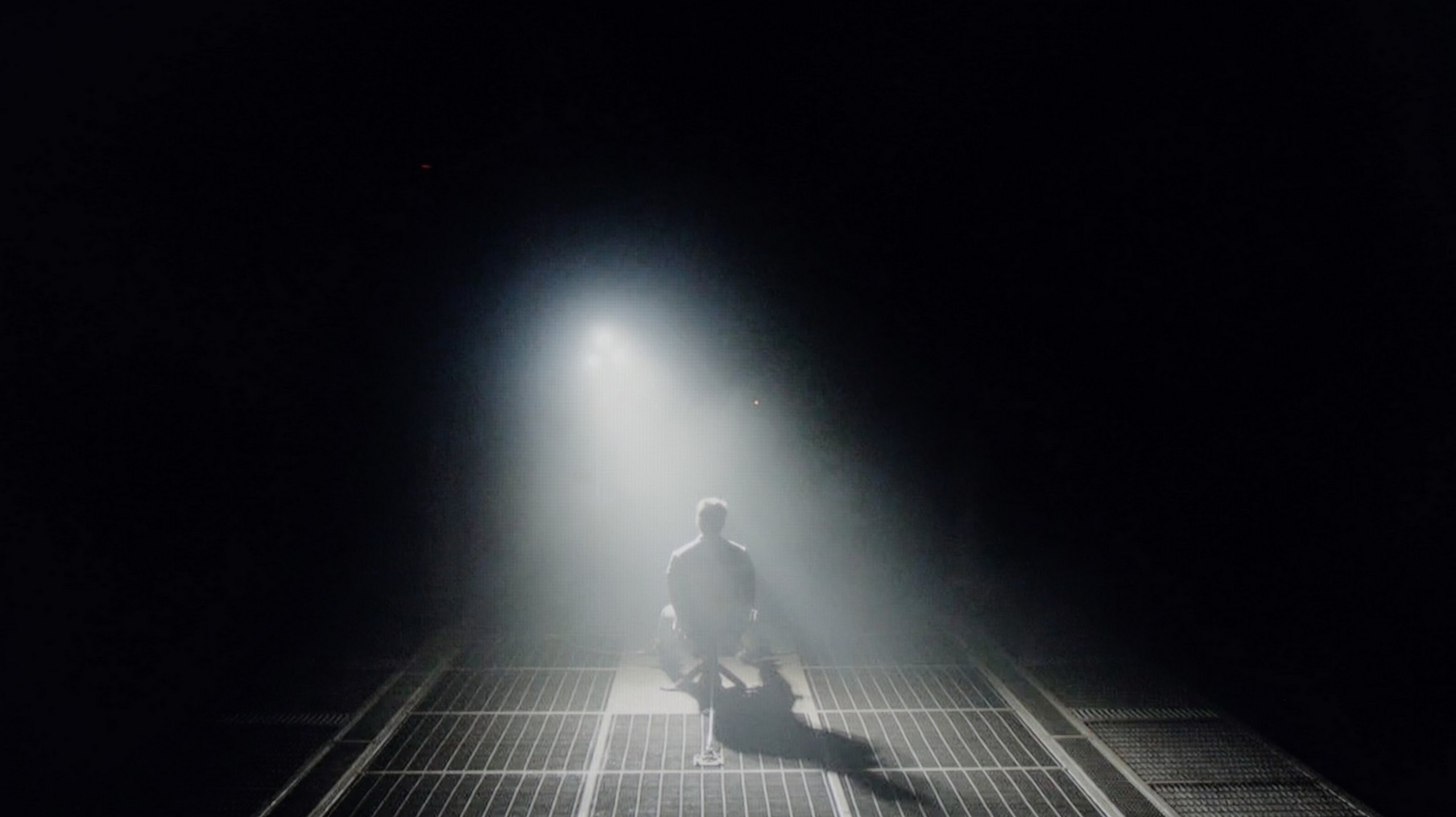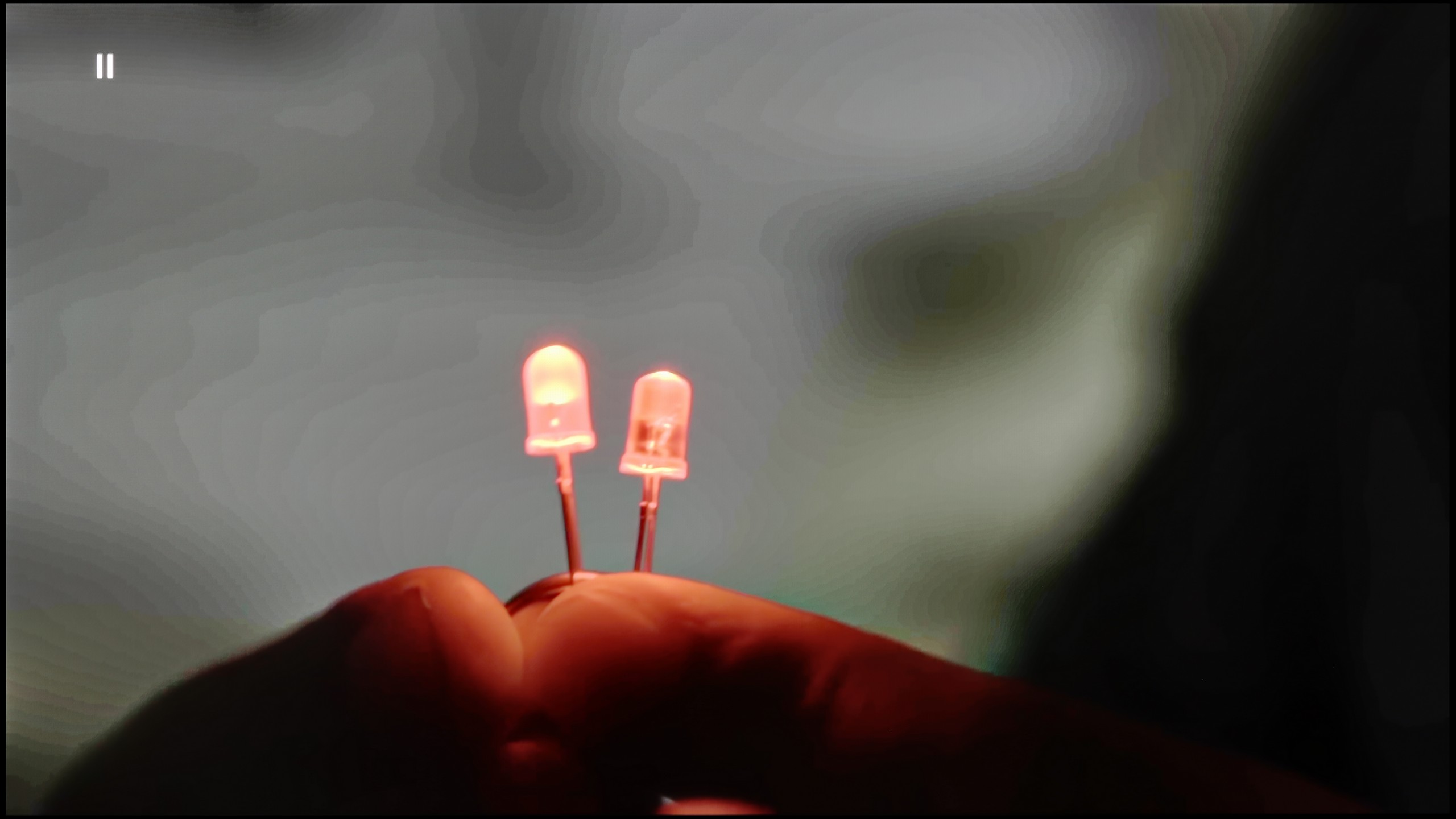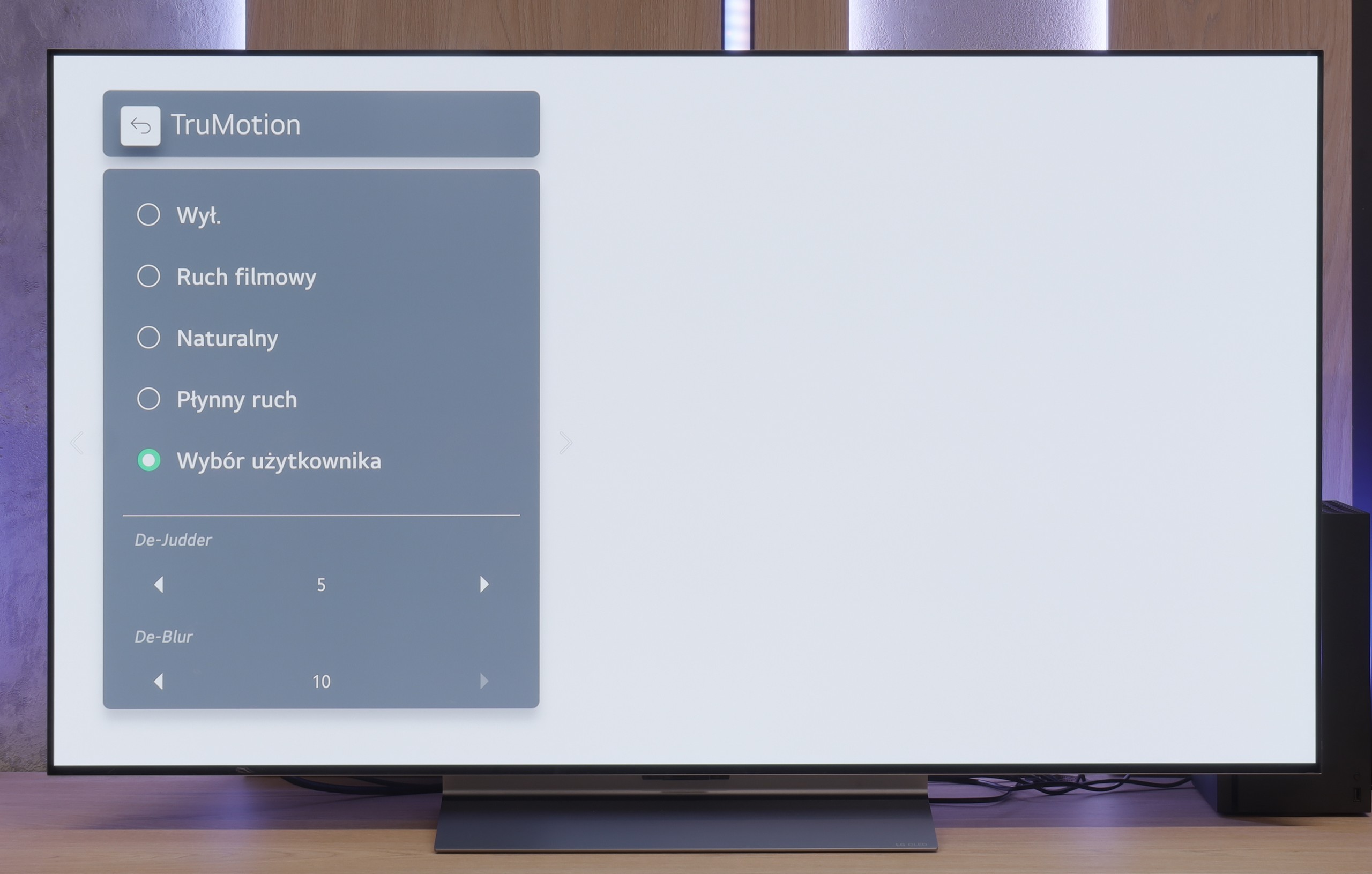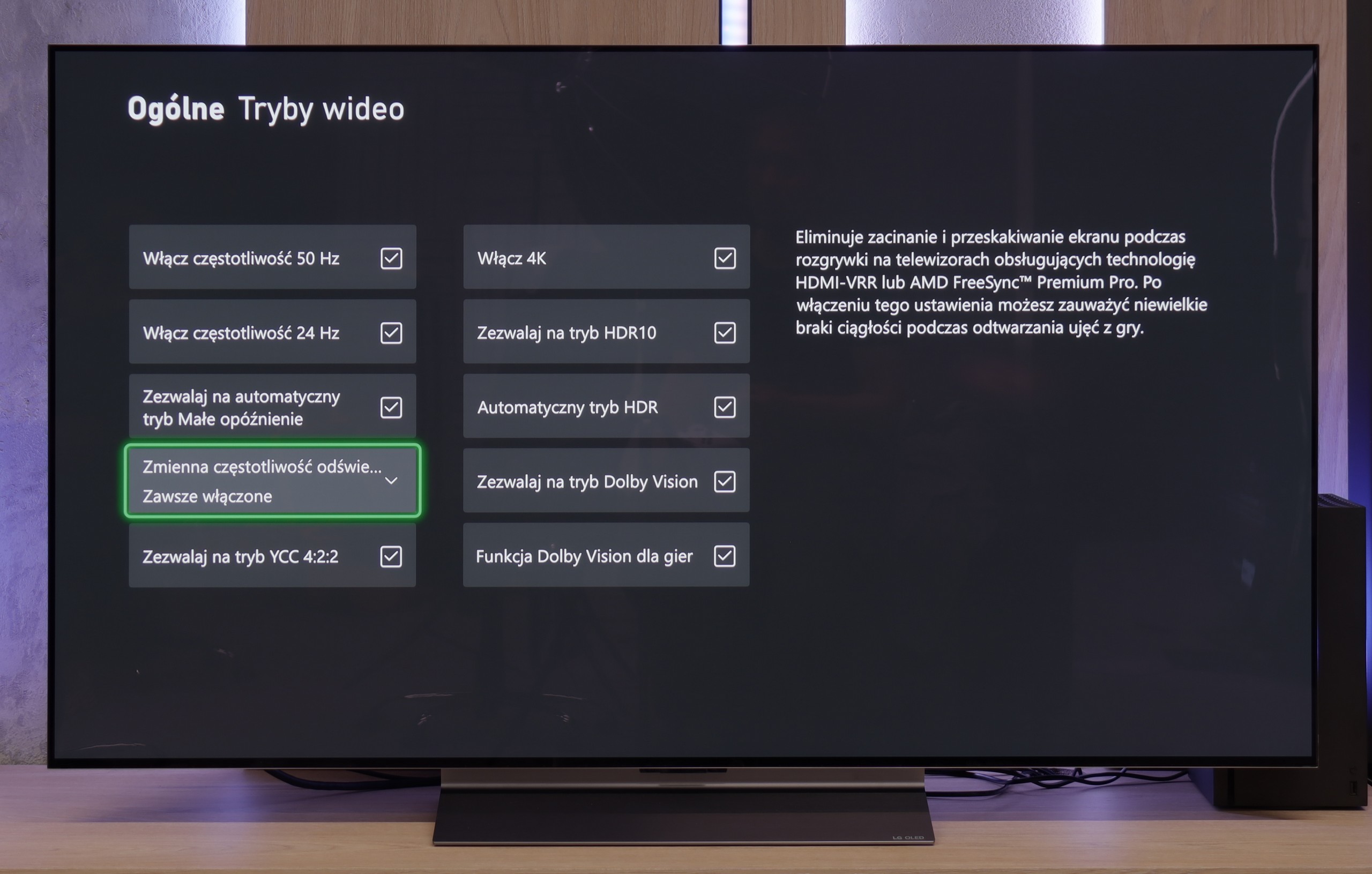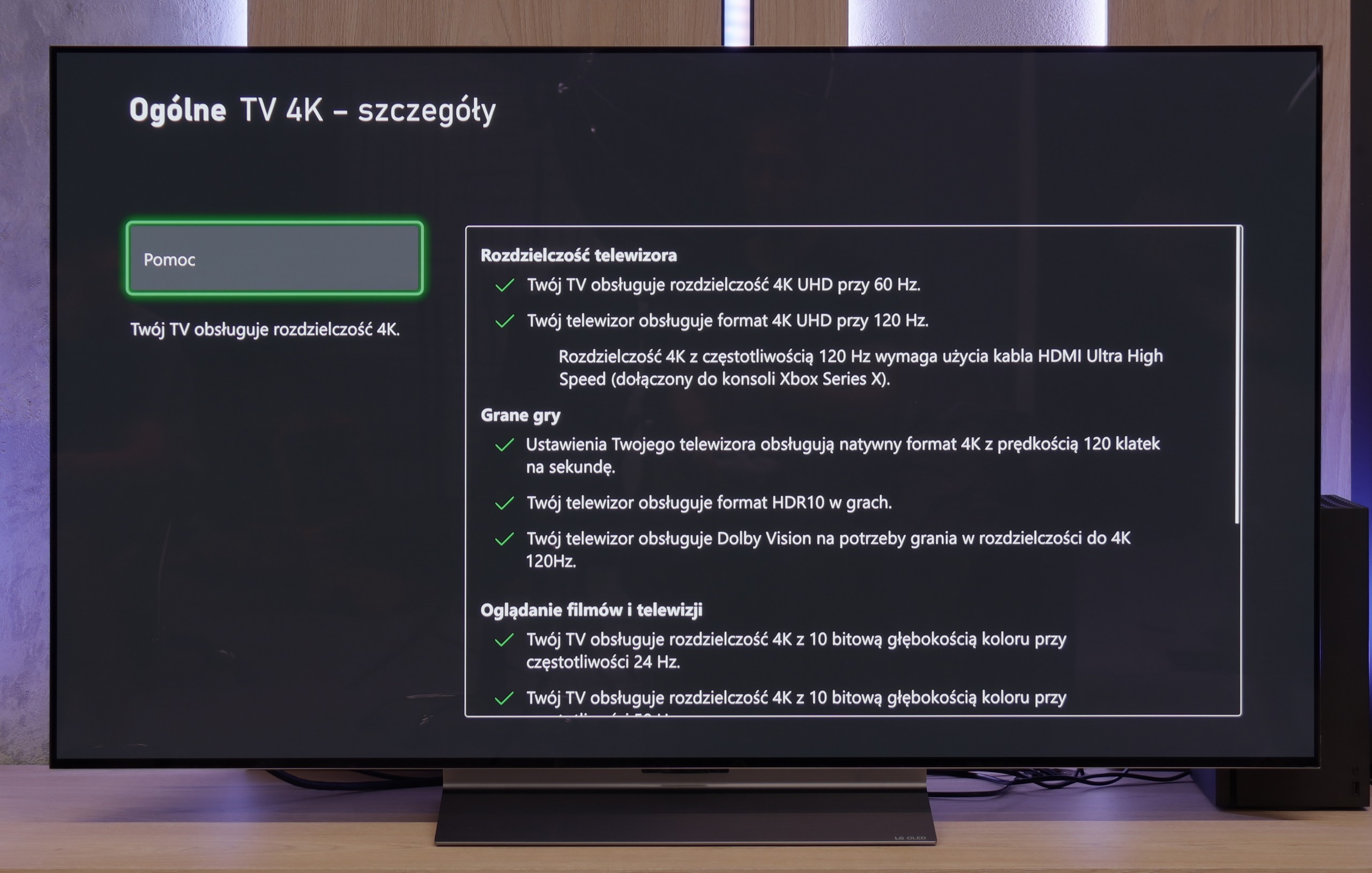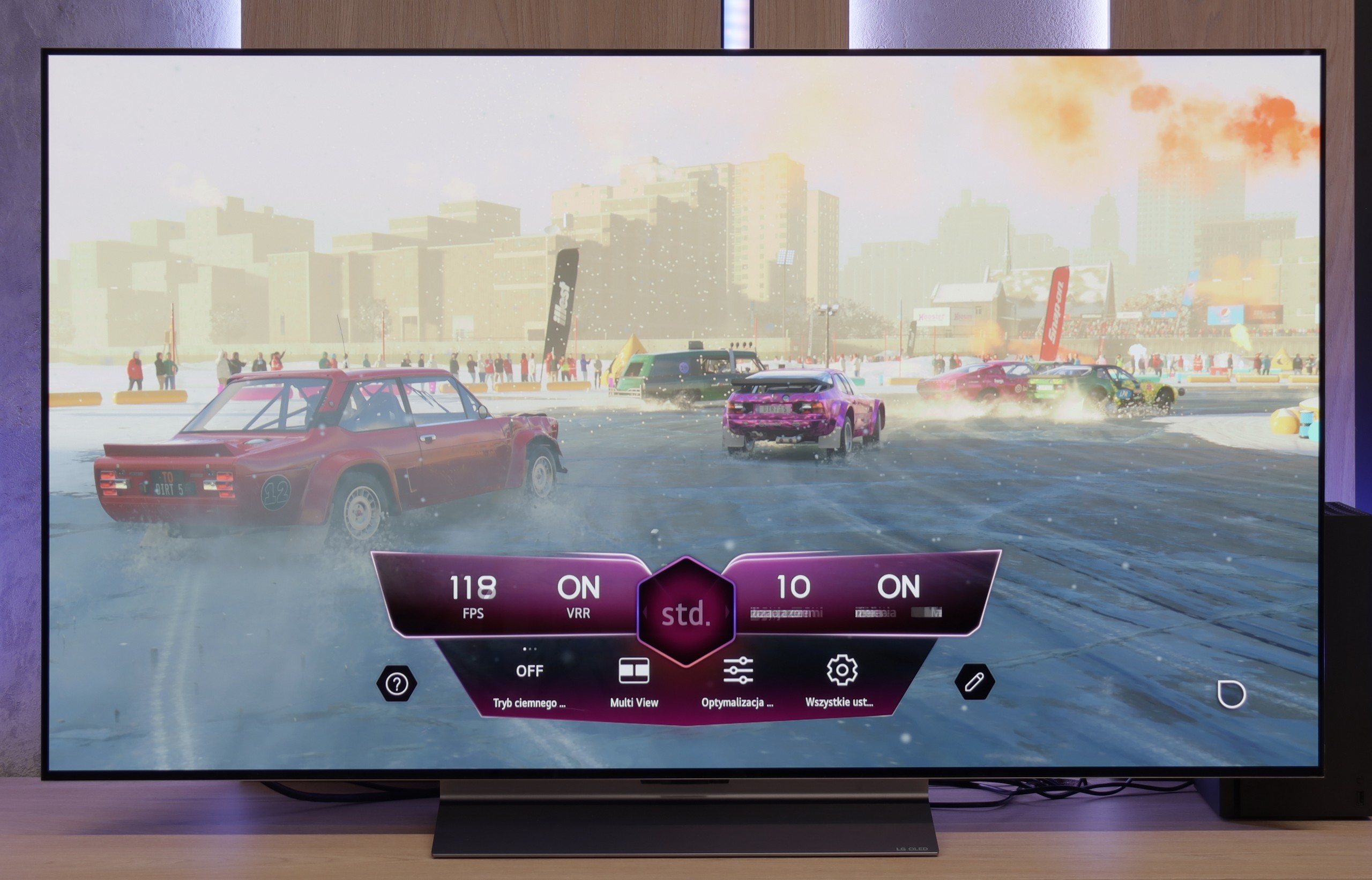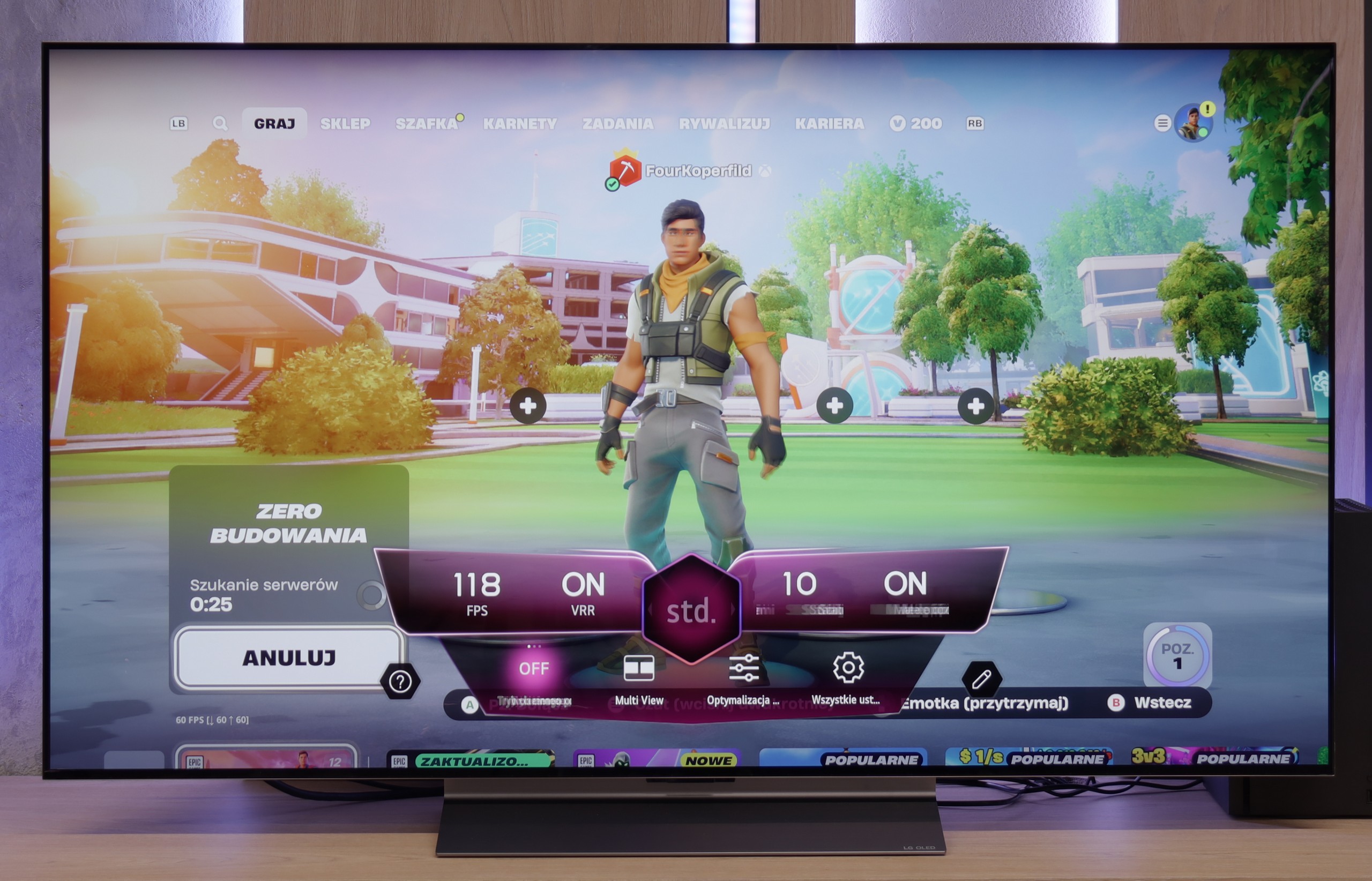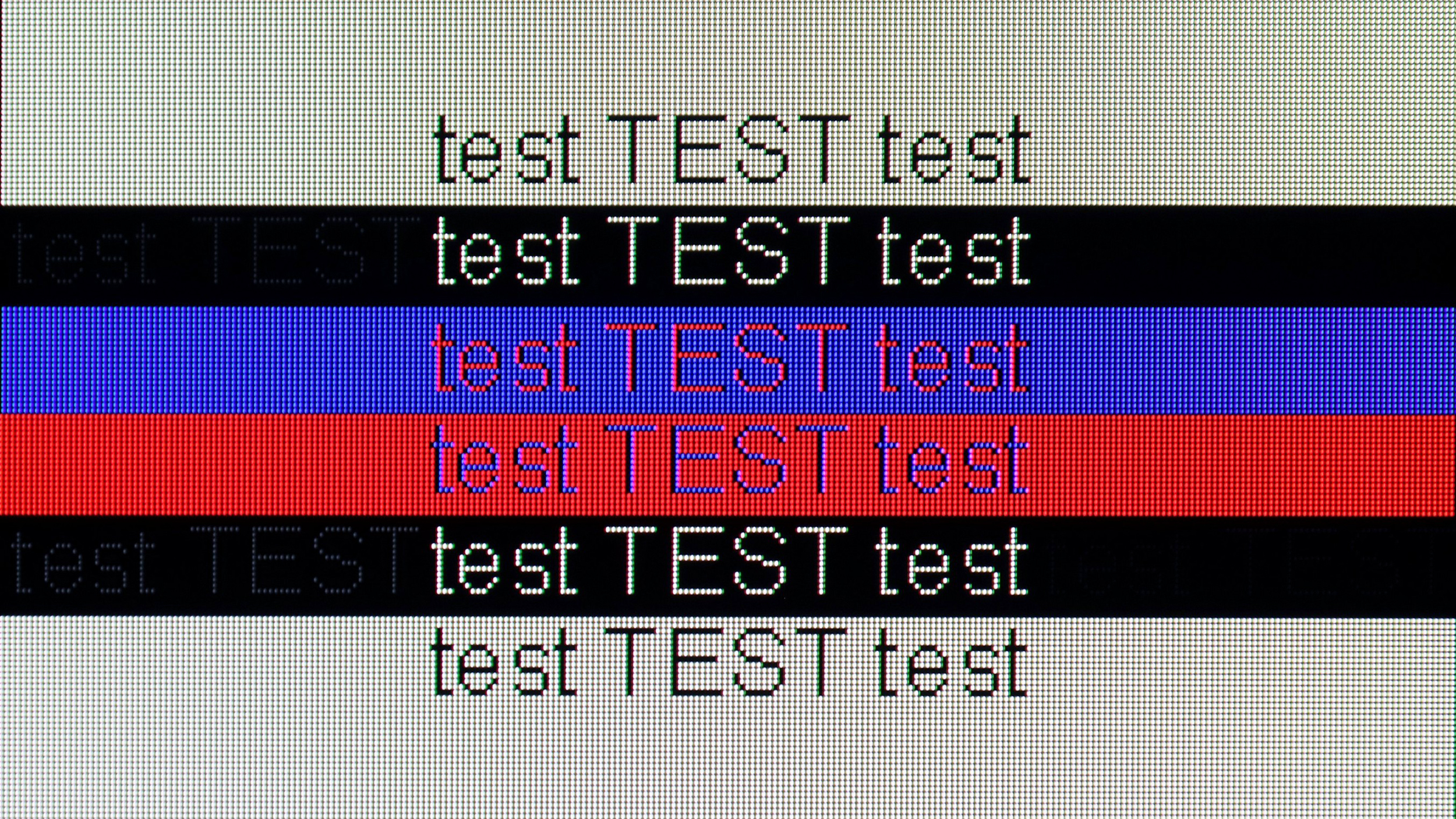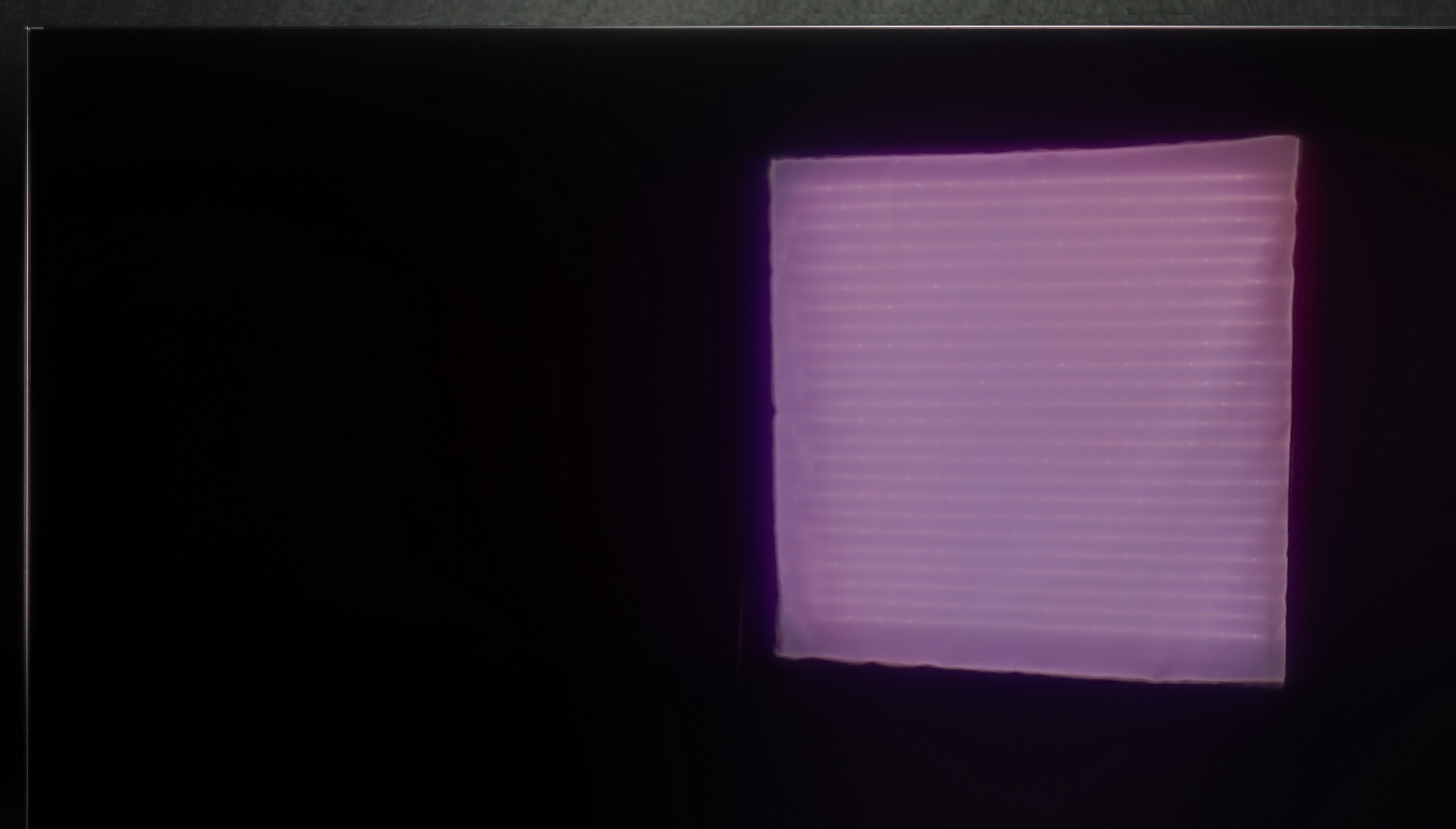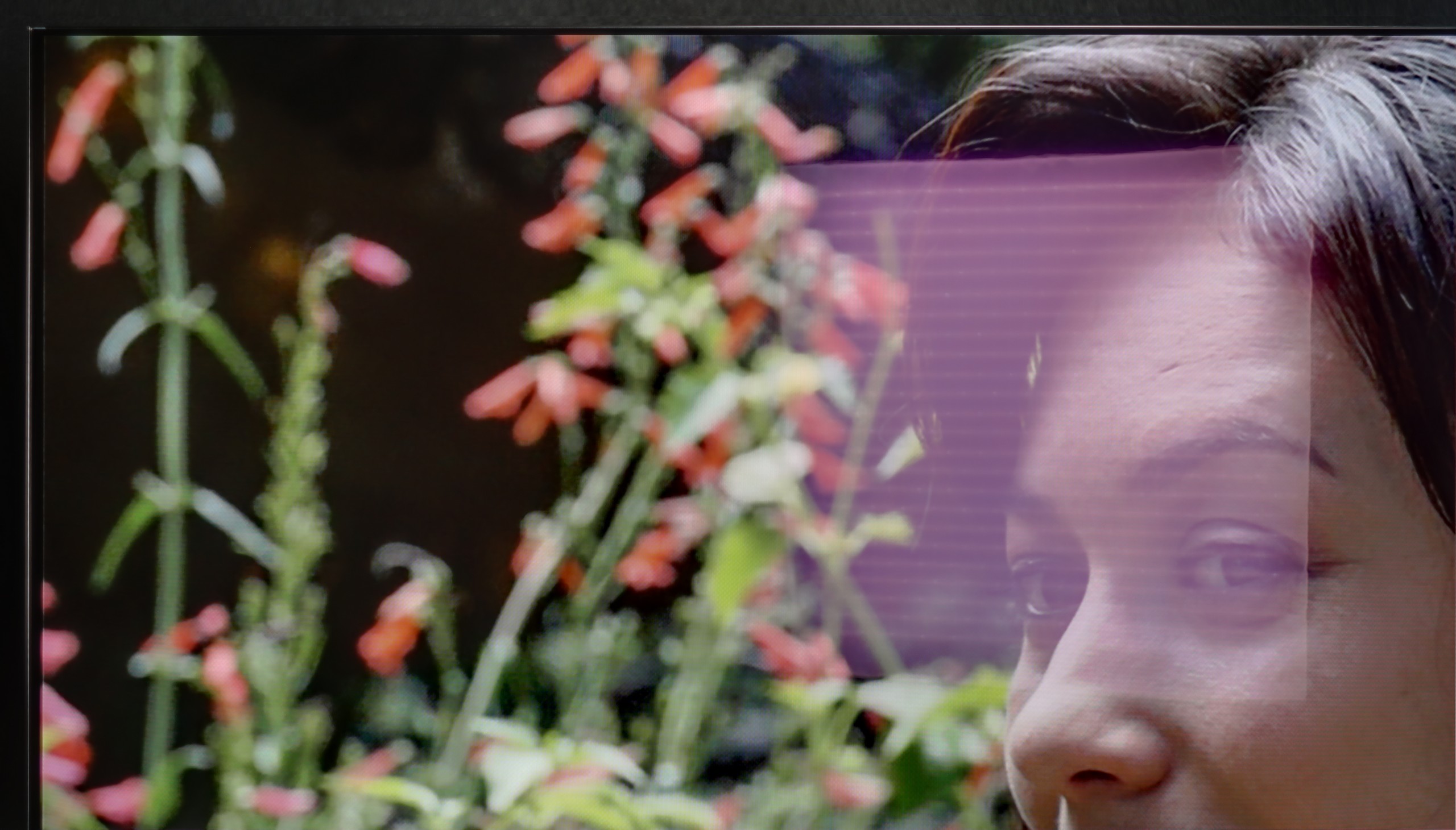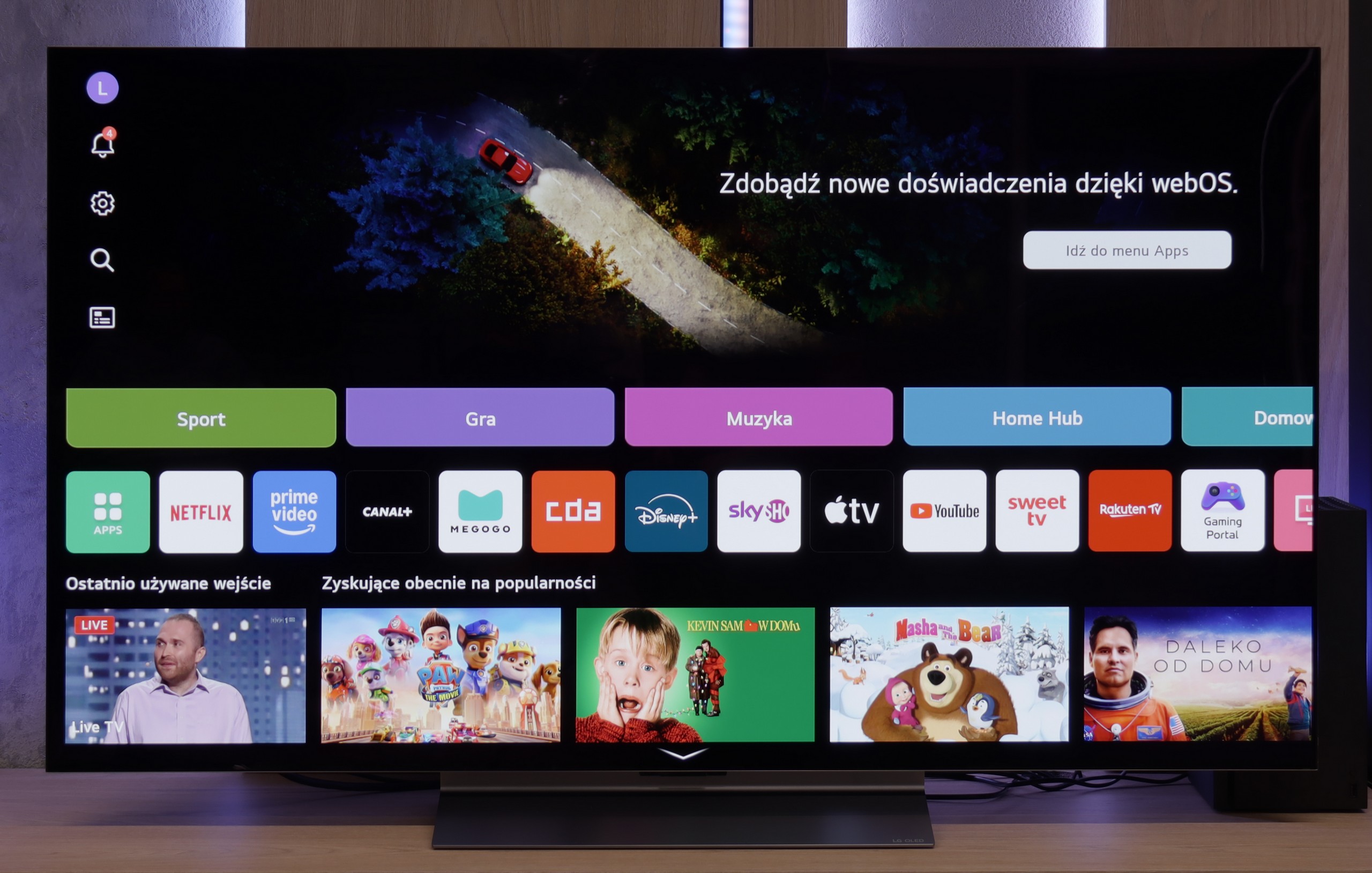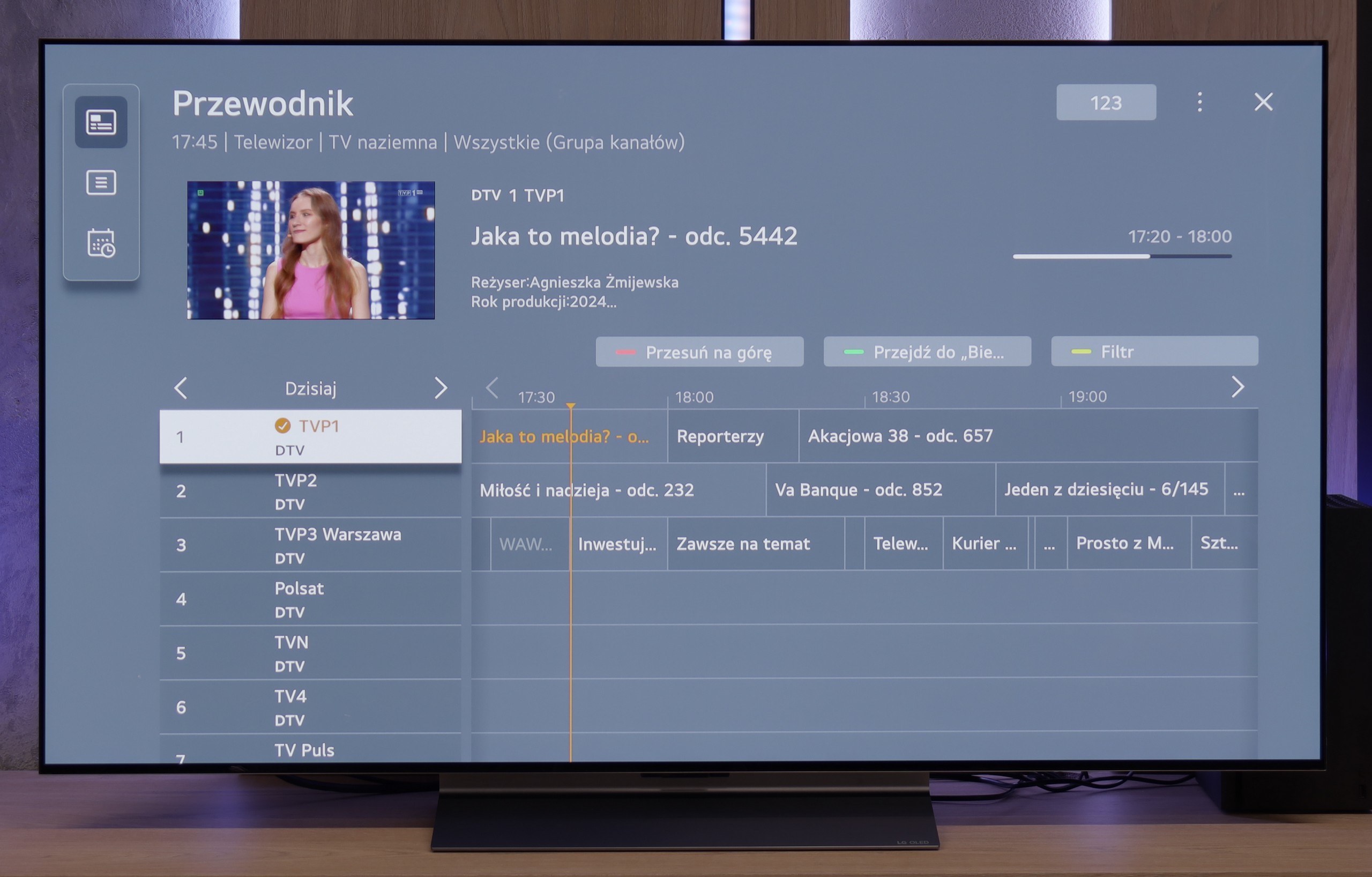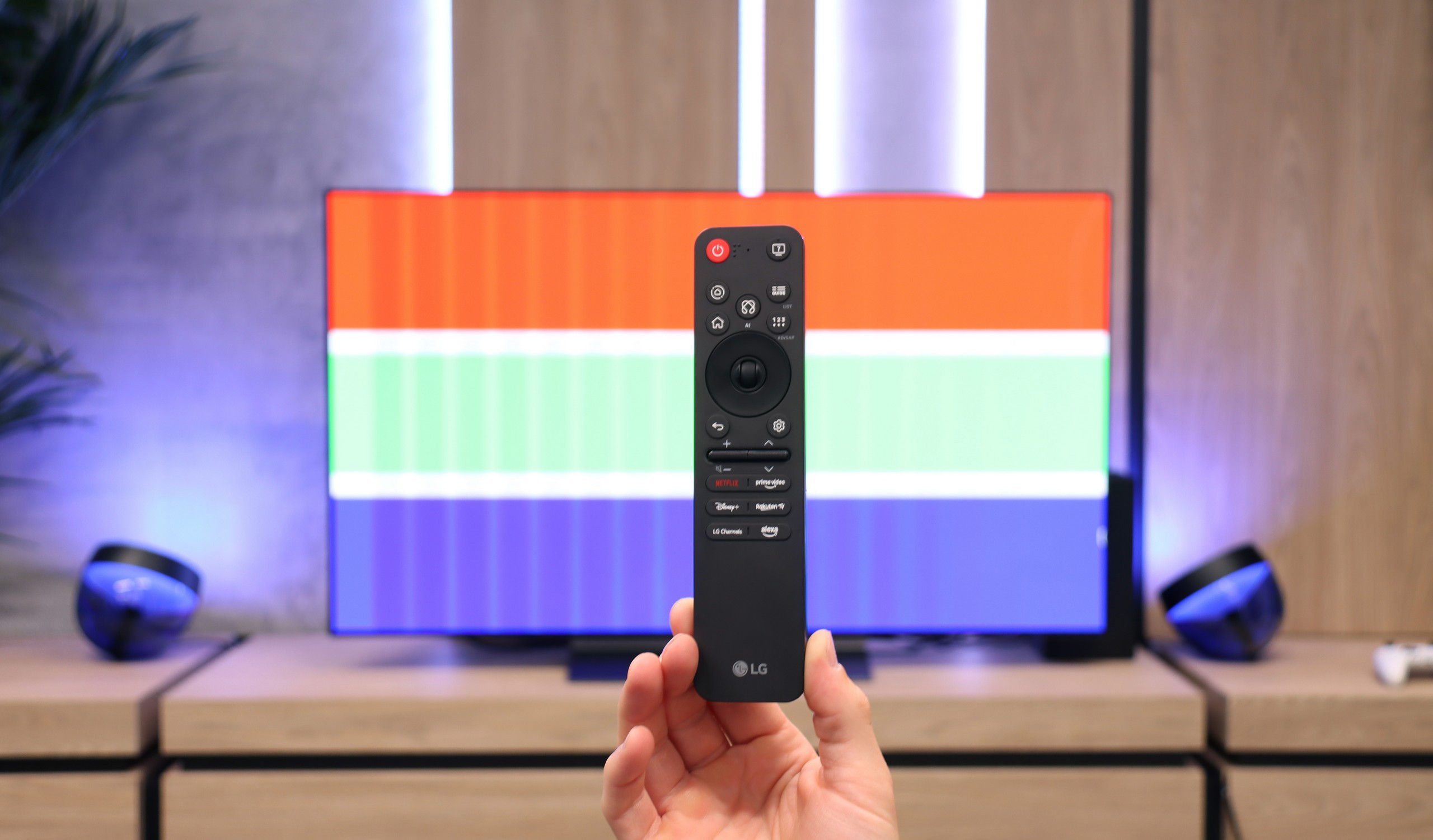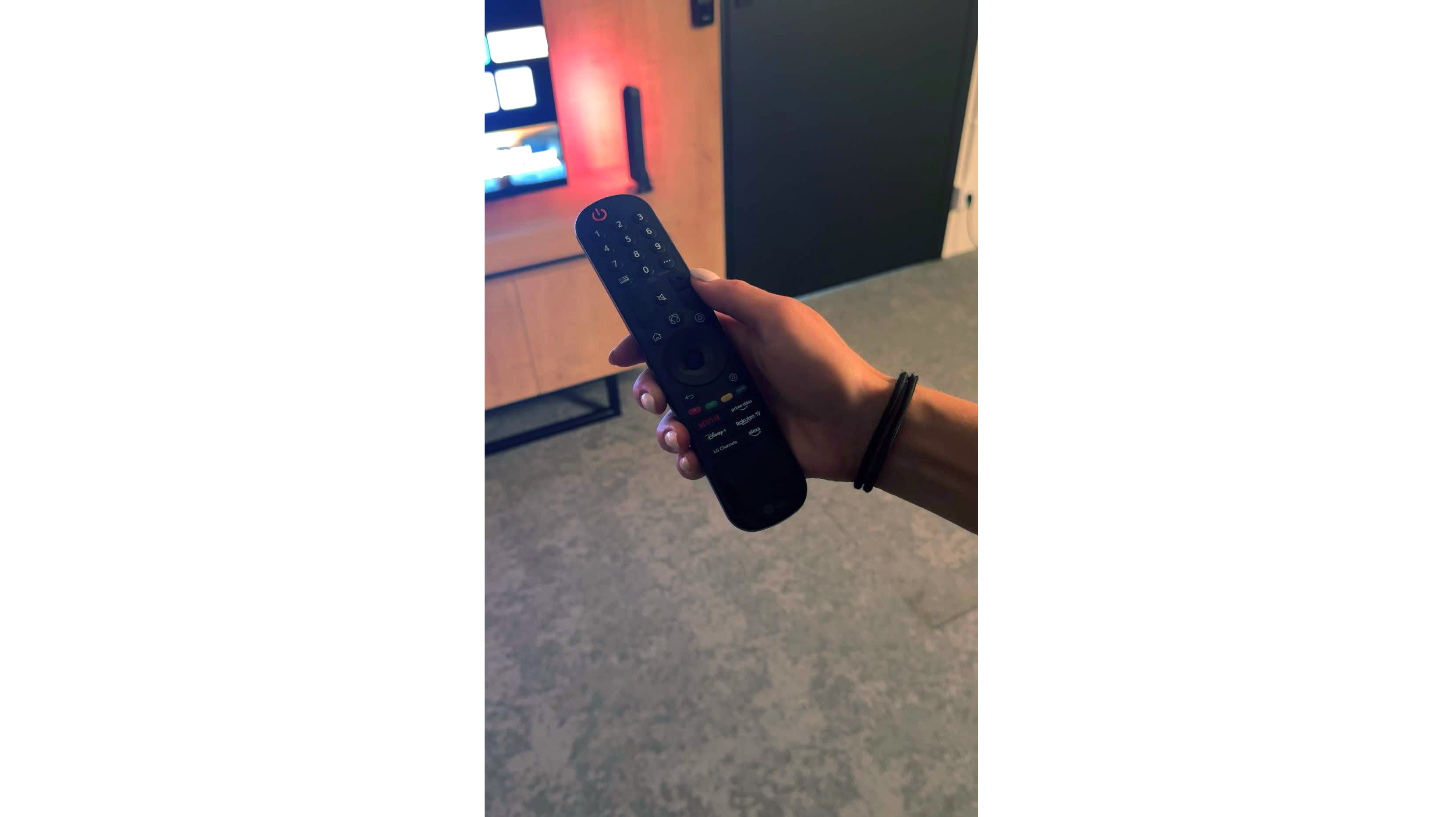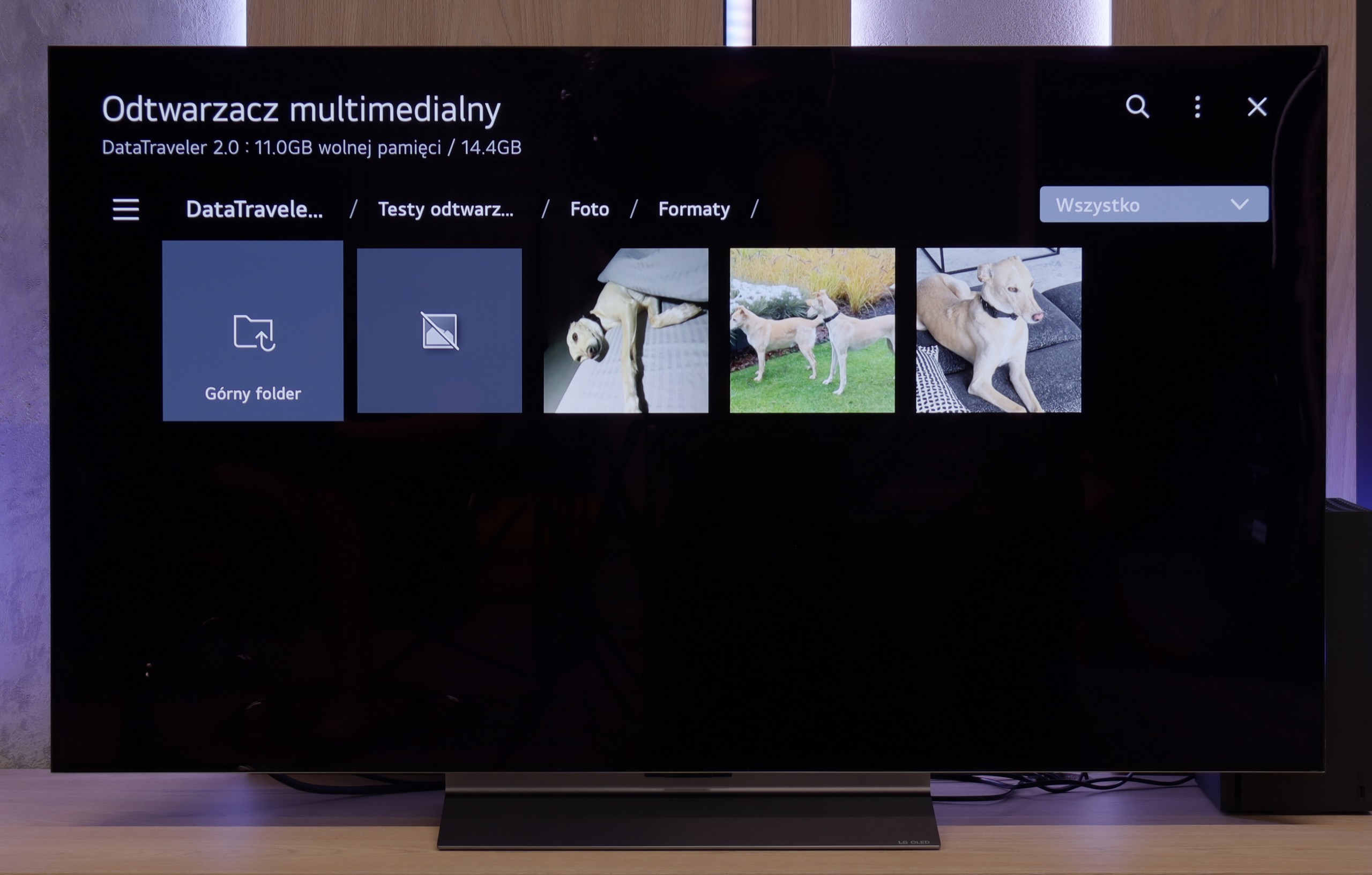The TCL C855 is a standout television in the TV market, showcasing a versatile performance across various applications and excelling in its price range. With Mini LED backlighting, the TV achieves impressive contrast and black levels, resulting in deep, vivid images. Its algorithm effectively maintains black uniformity, minimizing blooming effects, a significant advantage for viewing HDR content.
While the TCL C855 can reach brightness levels of up to 1800 nits, which is commendable, it is worth noting that brightness can significantly drop to around 200 nits when bright but small elements appear on-screen. Additionally, the mid-tone boost can compromise contrast and reduce fidelity to the director's original vision.
For gamers, the TCL C855 shines brightly, offering extremely low latency and high-quality performance thanks to its full implementation of HDMI 2.1 features. The inclusion of the Google TV operating system adds to its appeal, providing nearly limitless options for application installation, including support for APK files from outside the official store.
The TCL C855 is an excellent choice for those seeking a reliable and versatile television. While it may have some drawbacks, its overall image quality, gaming performance, and advanced operating system make it a strong contender in the market.
LG C5 is a very successful continuation, and in several aspects, even a step forward compared to last year's model C4. The biggest change is the noticeably higher brightness – for the first time in the history of the C series, the barrier of 1000 nits has been surpassed, which significantly improves the quality of the HDR effect. Both movies and shows look more dynamic because of this, and bright scenes finally have the appropriate “shine.” After calibration, the image quality is almost reference-level, and one might feel like we are dealing with equipment much more expensive than its price suggests. C5 is also one of the best choices for gamers – four full HDMI 2.1 ports, low input lag, support for VRR, G-Sync, and properly implemented HGiG. Additionally, the 144 Hz panel makes not only gaming but also watching sports a pure pleasure. The convenient WebOS system and Magic remote with cursor control function deserve praise as well – everything works smoothly and intuitively. This is a TV that you simply want to use.
However, there are a few minor reservations. This year, LG decided to drop support for DTS codecs, which may be problematic for those using physical media and Blu-ray movie collections. It's also worth noting the confusion surrounding different versions of the remote – depending on the model designation, we may receive a completely different remote than the one we held during our tests. Despite these few remarks, LG C5 is a TV that impresses in almost every aspect. Brightness, colors, gaming features, image fluidity, and overall build quality make it one of the best OLEDs in its class.

